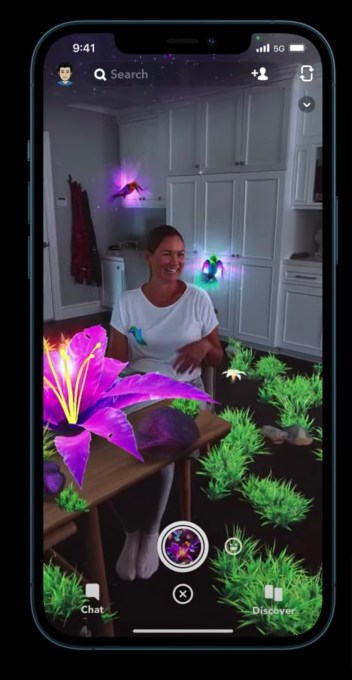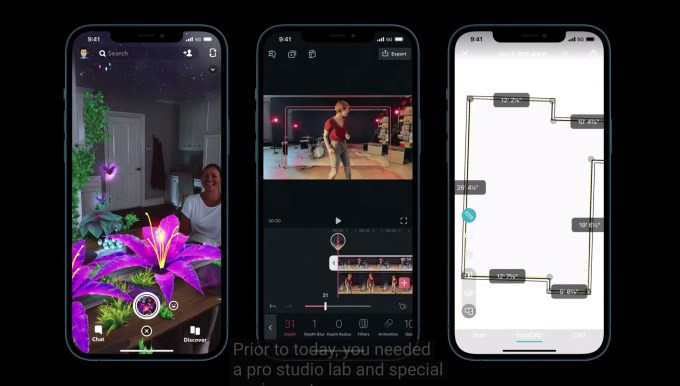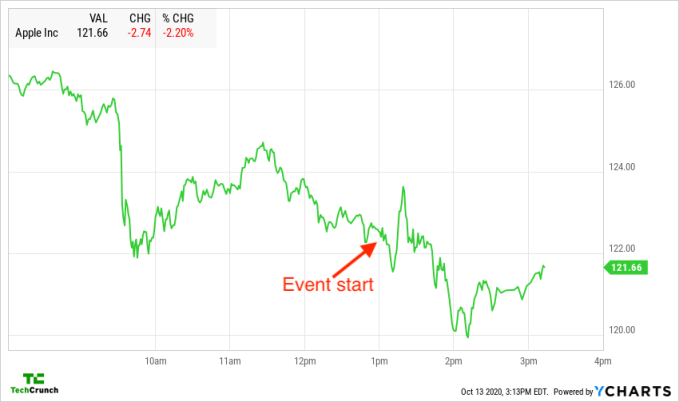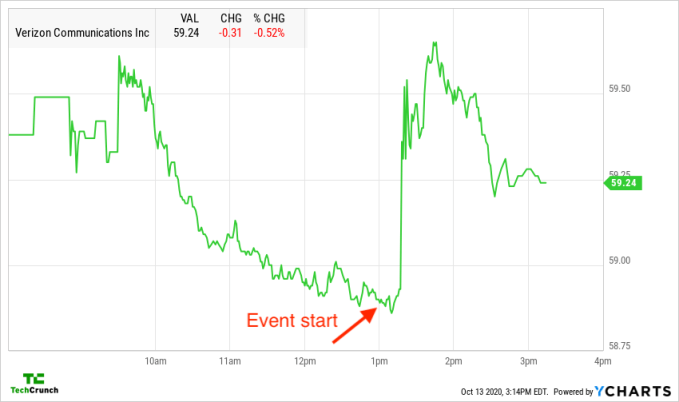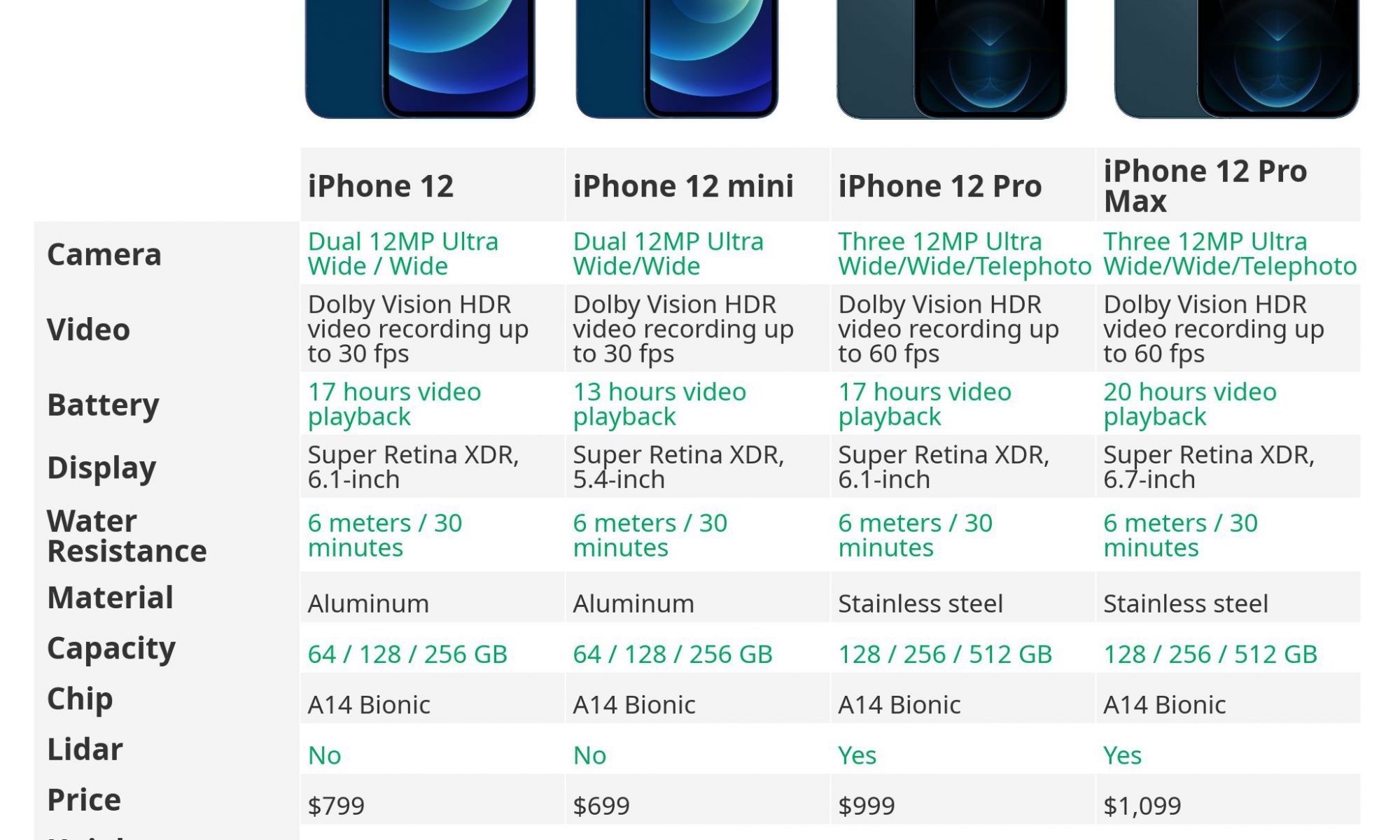At Apple’s iPhone event on Tuesday, the company introduced a range of new phones, led by the just-announced flagships: the iPhone 12 Pro, starting at $999, and iPhone 12 Pro Max, starting at $1099. The new 5G-ready devices sport an all-screen Super Retina XDR display, the A14 Bionic chip, a Ceramic Shield front cover, LiDAR Scanner, and of course, the iPhone line’s best camera system.
iPhone 12 Pro and iPhone 12 Pro Max will be available in 128GB, 256GB, and 512GB configurations and four stainless steel finishes, including graphite, silver, gold, and pacific blue.
5G, of course, will be one of the bigger selling points for the devices as the new technology will boost speeds, meaning faster downloads and uploads, higher quality streaming, more responsive gaming and faster responses in apps, among other things.
Of course, some of the immediate demand for new 5G phones may be tempered by the coronavirus pandemic, which is causing economic hardships for many — particularly in markets like the U.S. where the virus is still spinning out of control. Work-from-home users may also not feel as strong a need for an immediate upgrade to the technology, as they would have before the pandemic, given that many are now spending a larger portion of their time indoors on their home Wi-Fi.
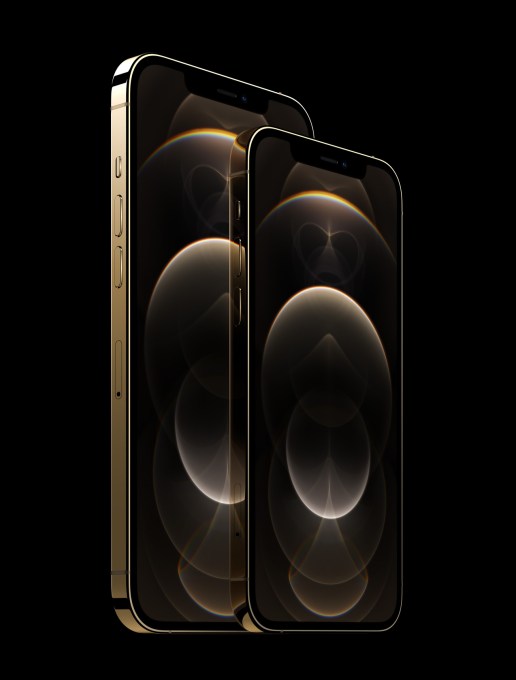
Image Credits: Apple
In the U.S., Apple says the iPhone 12 Pro models will be able to reach speeds of up to 4Gbps, even in densely populated areas. A “Smart Data” feature will also help with the transition to faster speeds, by intelligently balancing data usage and battery power in real-time.
Inside, the new devices also include the A14 Bionic chip, featuring a 16-core Neural Engine — for an 80% increase in performance, Apple claims. It’s capable of completing 11 trillion operations per second, and is faster and more efficient than prior iterations.
Aesthetically, the new iPhones will look somewhat different too.
The 6.1-inch iPhone 12 Pro and 6.7-inch iPhone 12 Pro Max will now have a flat-edge design and an edge-to-edge OLED display with reduced borders. These “squarer” edges give the device a more classic look reminiscent of older model iPhones.
On the Pro Max, iPhone gets its biggest-ever screen and the highest resolution, at neary 3.5M pixels.
The back for these new devices is matte glass and the phone sports at stainless steel band, around the edges. But what’s new is something Apple is calling “Ceramic Shield.” This tougher front cover aims to improve the “shatterability,” so to speak, which Apple claims improves drop performance by 4x compared with iPhone 11 Pro. (Oh, we’ll see!)
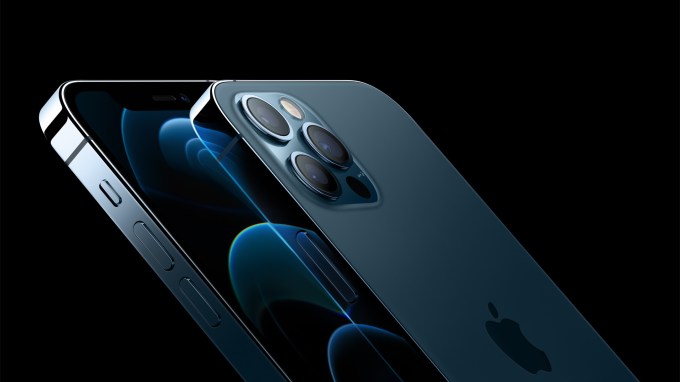
Image Credits: Apple
The iPhone 12 Pro models are also water resistant for up to 6 meters for 30 minutes (or the IP68 rating, as it’s known.)
Another key reason people opt for the high-end models is the camera system, of course.
This time around, Apple says it’s aided by a new image signal processor (ISP), the A14 Bionic, and the models will feature “Apple ProRAW” later this year. This format combines Apple’s multiframe image processing and computational photography capabilities with the versatility of the RAW format. In practice, this means users will be able to exert creative control over color, detail and dynamic range both natively on the iPhone and using third-party photo editing tools.
The iPhone 12 Pro features also a new 7-element lens Wide camera with an ƒ/1.6 aperture, the fastest now available in the iPhone line, and promising improvements in low-light video and photos. The Ultra Wide camera has a 12-degree field of view, while the Telephoto camera has a 52 mm focal length, bringing the optical zoom range to 4x.
The iPhone 12 Max ups things further with a 47% larger sensor with 1.7μm pixels for a 87% improvement in low-light conditions, Apple claims. It also has the Ultra Wide camera and a Telephoto camera with a 65 mm focal length, for a 5x optical zoom range.
Night mode has also now been expanded the to TrueDepth and Ultra Wide cameras, and Night mode Time-Lapse promises sharper videos, better light trails, and smoother exposure when used with a tripod.
Deep Fusion is also now faster, and Smart HDR 3 is an update for more true-to-life images, says Apple.
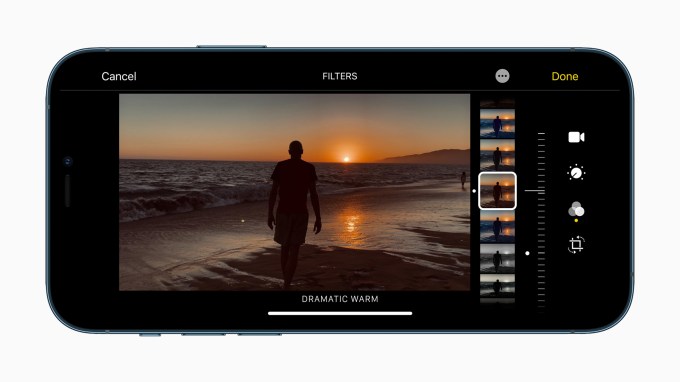
Image Credits: Apple
For video, the new models offer HDR video with Dolby Vision, up to 60 fps, and improved video stabilization. Users can even share their 4K Dolby Vision videos on AirPlay.
Also new is the LiDAR Scanner, which matters for AR (augmented reality).
The improvement here means faster and more realistic AR with an improved autofocus by 6x in low-light scenes. That could lead to some interesting new apps and experiences within apps, like Snapchat filters. (We spotted Snapchat in the demo briefly, though it wasn’t specifically mentioned.)
Another consumer-friendly feature coming to the new iPhone models is MagSafe, which helps with wirelessly charging as well as allowing users to snap on magnetic accessories, like Apple’s new Leather Wallet with MagSafe. These will go on sale along with the MagSafe Charger and iPhone 12 Pro Silicone Case and Clear Case on Oct. 16. Leather Cases will go on sale Nov. 6. A MagSafe Duo Charger and Leather Sleeve will later follow.
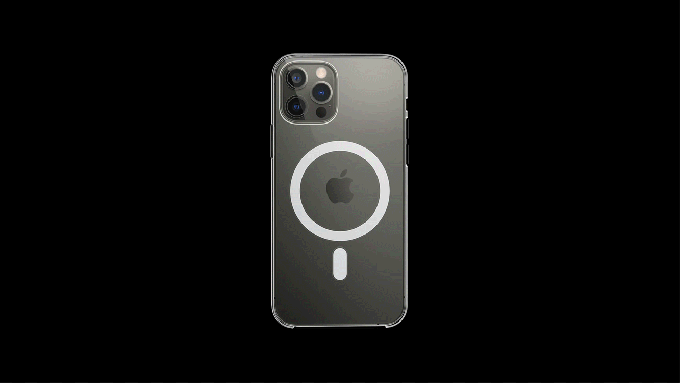
Image Credits: Apple
Pre-orders for iPhone 12 Pro begin Friday, October 16 at 5 AM PDT, with availability beginning Friday, October 23. iPhone 12 Pro Max will be available for pre-order Friday, November 6 at 5 AM PST, and in stores beginning Friday, November 13.

Source: Tech Crunch



